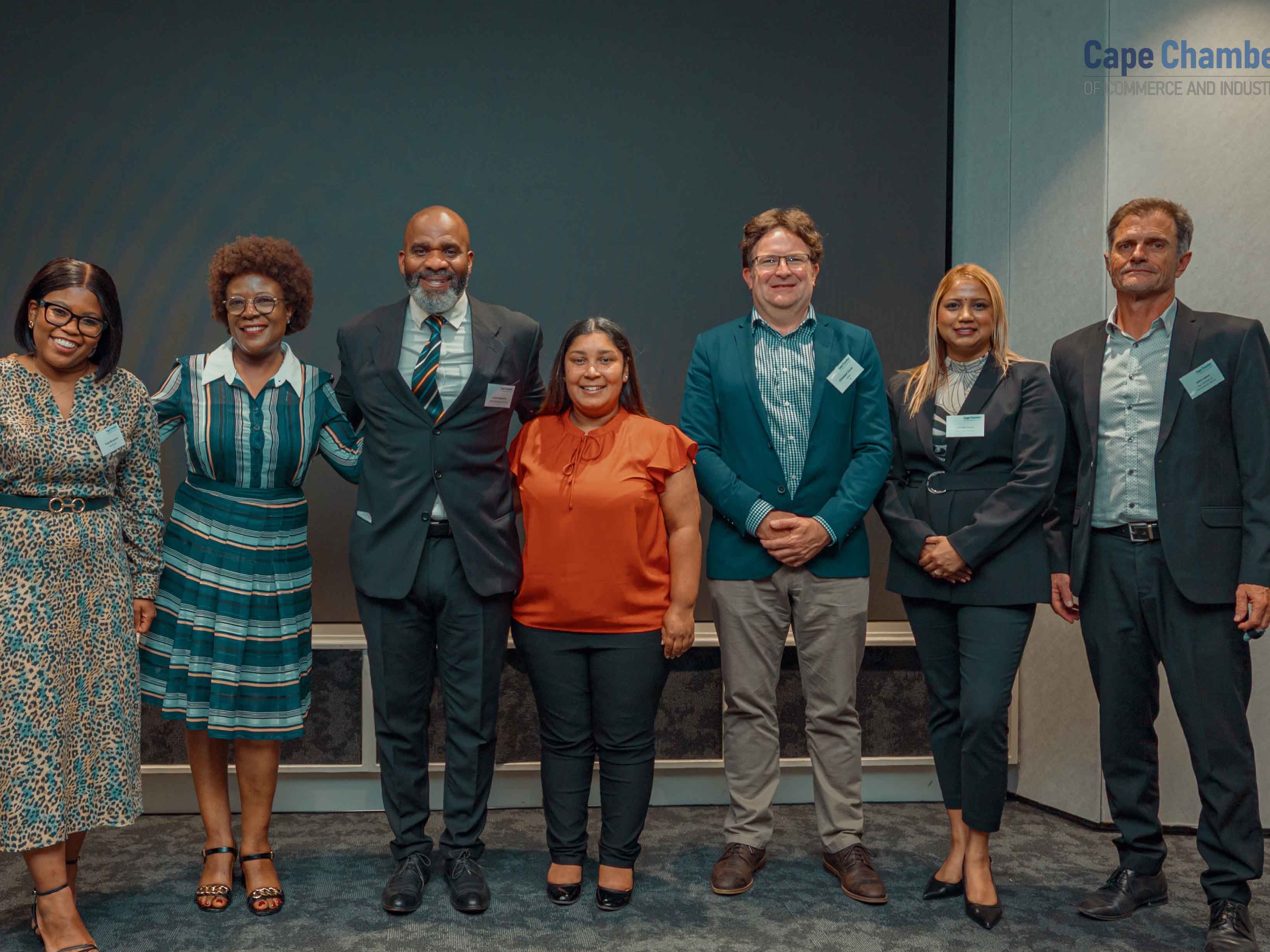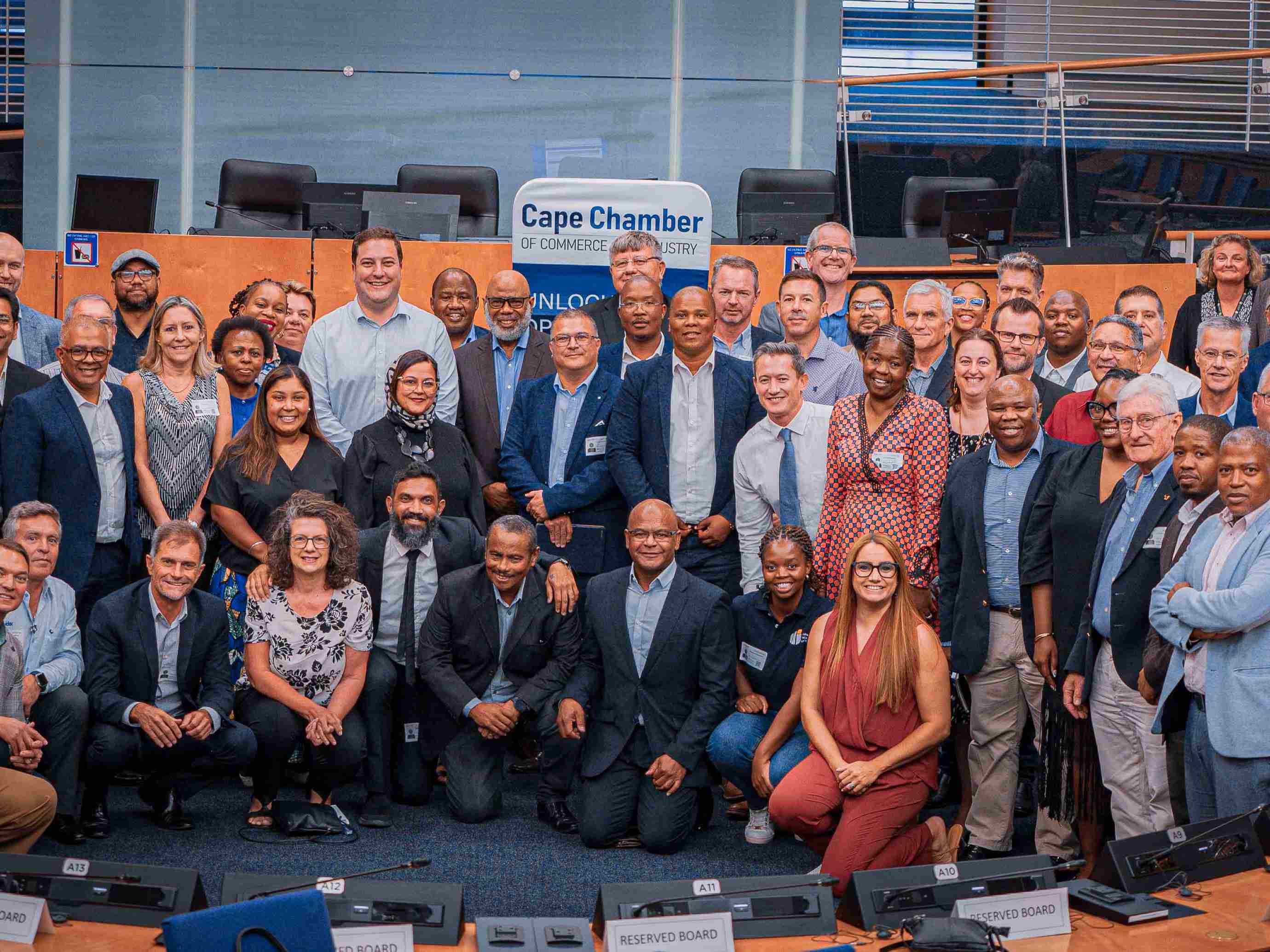Join us to shape a better future, contact Secretariats:
Narieman Solomon Tariro Chivige

Global Competitiveness Index 4.0
Pillar 11: Business dynamism 8.3%
A. Administrative requirements 50%-starting a business
11.01 Cost of starting a business
11.02 Time to start a business
11.03 Insolvency recovery rate - Resolving insolvency
11.04 Insolvency regulatory framework
B. Entrepreneurial culture 50%
11.05 Attitudes towards entrepreneurial risk
11.06 Willingness to delegate authority
11.07 Growth of innovative companies
11.08 Companies embracing disruptive ideas
Pillar 12: Innovation capability 8.3%
A. Diversity and collaboration
12.01 Diversity of workforce
12.02 State of cluster development
12.03 International co-inventions
12.04 Multi-stakeholder collaboration
B. Research and development
12.05 Scientific publications
12.06 Patent applications
12.07 R&D expenditures
12.08 Research institutions prominence index
C. Commercialization
12.09 Buyer sophistication
12.10 Trademark applications
The Chamber contributes to the strengthening of the business environment by:
1. Supporting regional sector and value chain development programmes - for firms to express their concerns about issues affecting business in their sub-sector and to steer systematic improvement to realise faster growth of the sub-sector.
2. Supporting Business retention and expansion programmes - to steer systematic improvement of their local business environment.
3. Facilitating dialogue with the public sector - towards more effective public investment, smarter service delivery, procurement efficacy and to stop doing what the private sector can do with greater efficacy.
4. Creating large-scale awareness of issues concerning business, which needs to be rectified by the public sector or other responsible parties. Various platforms are utilised including events with key stakeholders, traditional media and social media.
The Western Cape punches above its weight in terms of innovation, thanks largely to world-class tertiary education facilities, scientific expertise and infrastructure, and a diverse population. However, the Province’s vast potential is only partly realised.
Government fiscal constraints retard research and development. Fortunately, international collaboration can provide a funding lifeline. Several business sectors actively promote innovation within their ranks.
Some indicators of innovation success include research institution global ranking; scientific publications; and patent applications.
Innovation requires a whole ecosystem approach and should be a feature of the school curriculum, even at primary or secondary level. Business development and innovation require an appetite for new ideas and an appreciation of risk-reward. The ‘Business As Usual’ approach endemic to some institutions is a major obstacle to a vibrant innovation ecosystem.
Government and civil society should encourage multi-stakeholder collaborations that promote creative cross-pollination and knowledge-sharing. Sector clusters and international collaboration benefit from the ever-evolving ICT landscape.








